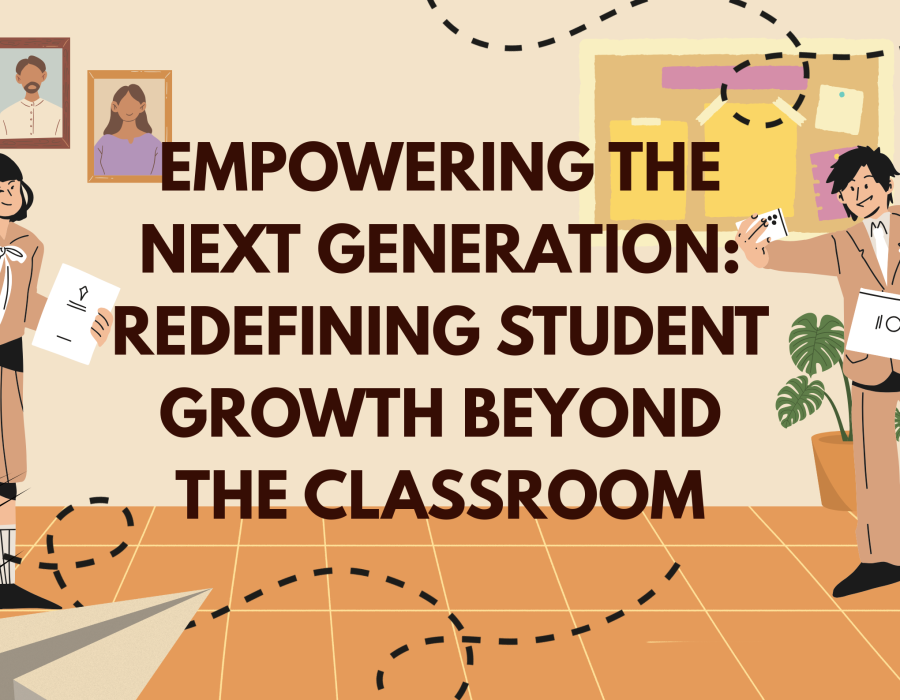There’s a shift happening in the way we view education—not just in what we teach students, but in how we raise them to be confident, capable, and compassionate individuals. More and more, the focus is moving beyond textbook learning and toward holistic development. Students today are not just passive receivers of knowledge—they’re creators, thinkers, and active participants in shaping their futures.
I was reminded of this quiet evolution during my visit to a Girls Boarding school in Nanital, where learning looked more like living. Students weren’t just memorizing facts—they were discovering themselves.
The Missing Piece: Emotional Intelligence in Education
We often celebrate academic brilliance, but what about emotional strength, empathy, and resilience? These are the real tools that carry students through life’s unpredictable turns. In an environment where students live together, experience challenges, support one another, and celebrate small wins, emotional intelligence grows naturally.
This is something that can’t always be taught—it has to be felt. When students learn how to manage emotions, navigate social situations, and handle setbacks with grace, they are far better prepared for the real world than any report card could indicate.
The Power of Routine and Responsibility
Living away from home instills a sense of independence that day schools may struggle to provide. From making their beds to organizing study schedules, students gradually learn to take ownership of their time and tasks. At first, the structure might feel overwhelming, but soon it becomes empowering.
That early taste of responsibility doesn’t just prepare them for higher education or jobs—it shapes their identity. They begin to understand what it means to be accountable for themselves, and eventually, for the world around them.
Teachers as Mentors, Not Just Instructors
One of the most impactful elements of a student’s journey is the relationship they share with their teachers. In close-knit academic environments, these relationships often blossom into meaningful mentorships. Teachers become more than just educators—they become guides, listeners, and cheerleaders.
When students feel seen and heard, they thrive. A teacher’s encouragement during a tough moment or their recognition of a student’s unique strength can plant seeds of self-worth that last a lifetime.
Spaces That Nurture, Not Pressure
One of the most underrated elements of student life is the physical and emotional space provided by schools. A nurturing environment doesn’t just look like neat classrooms—it feels like acceptance, encouragement, and belonging.
Imagine reading under a tree instead of fluorescent lights, having peer group sessions after evening meals, or creating art in a studio overlooking the hills. These aren’t luxuries—they’re intentional choices that tell students: “Your well-being matters here.”
When students feel safe—emotionally and physically—they are more likely to take academic risks, voice their thoughts, and grow in confidence.
Building Community and Lifelong Bonds
Living with peers teaches students about compromise, empathy, and shared joy. From late-night chats to early morning walks, these relationships often grow deeper than typical school friendships. And in times of stress or homesickness, this built-in support system becomes a lifeline.
It’s not just about growing as individuals—it’s about growing together. Students learn that while independence is powerful, interdependence is equally valuable. These friendships become a reminder that connection is just as important as achievement.
Beyond Books: Real-World Readiness
Whether it’s public speaking, problem-solving, or decision-making—boarding life creates countless moments for students to practice real-life skills. Leadership roles in student councils, organizing community events, and handling differences among peers—all of this builds character.
By the time they graduate, many students already know how to manage their time, communicate effectively, and adapt to new environments. They walk into adulthood not just with academic knowledge, but with confidence in their ability to navigate the world.
Reimagining Success for Girls
For girls in particular, learning in a space that recognizes their potential without bias or limitation is transformative. A space where confidence is nurtured and where leadership is encouraged from a young age. Where it’s normal to speak up, take charge, and stand firm in your beliefs.
This kind of empowerment doesn’t happen overnight—but it begins with an environment that consistently reminds young girls that their ideas, strengths, and voices matter.
The Role of Family: Close, Even from Afar
Being at a boarding school doesn’t mean cutting ties—it means creating intentional connections. With regular updates, video calls, and visits, parents remain closely involved. And over time, these relationships often grow stronger.
When students share what they’ve achieved or even where they’ve struggled, the conversations become more meaningful. It’s not just about “How was school today?” It’s about growth, trust, and support.
Technology and Tradition in Balance
In an age of screens, it's easy for education to become overly digital. But when technology is used as a tool—rather than a replacement—it complements learning beautifully. Students can research for a history project online and then present their findings in a traditional debate. Or they might learn coding while also participating in cultural performances.
When modern tools blend with age-old values, the result is an education that is both rooted and relevant.
Conclusion: More Than Just Students
In today’s world, it’s not enough to prepare students for exams—we must prepare them for life. The goal of education should be to help young people grow into thoughtful, responsible, and resilient individuals. To encourage not just high scores but strong values, and to support not just sharp minds but kind hearts.
The future doesn’t belong to those who know all the answers—it belongs to those who know how to learn, how to care, and how to lead with integrity. And the journey to becoming such a person starts in environments that believe in nurturing the whole human—not just the student.
Let us continue to create learning spaces that value curiosity over conformity, compassion over competition, and growth over grades. Because the future our students deserve begins with how we choose to teach—and how we choose to believe in them.





Comments